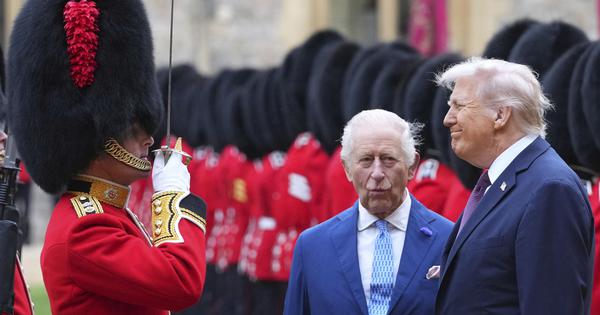Analyzing over 100,000 trips reveals changing priorities and diplomatic strategies among world leaders.
The travel habits of world leaders over the last 35 years provide valuable insights into global diplomacy and international relations. A recent analysis of more than 100,000 trips taken by heads of state and government highlights significant shifts in travel patterns and priorities. This comprehensive dataset, compiled with the help of the University of Denver’s Pardee Institute for International Futures, allows for a closer examination of leader diplomacy and its implications for global power dynamics.
One notable trend observed is the increasing frequency of international travel by leaders. In the 1990s, there were approximately 1,508 overseas trips annually by heads of state. This figure has risen dramatically, with an average of about 2,734 trips per year recorded since 2010. This surge suggests that global leaders are engaging more actively with the international community than in previous decades.
The data also reflects changing regional representation in global travel. African leaders, for example, have become a more significant presence in international diplomacy, accounting for around 30% of all world leader trips between 2020 and 2024, up from about 20% from 1990 to 1994. This increase aligns with Africa’s growing economic integration and collaboration through institutions like the African Union. In contrast, the share of international travel by Latin American and Asian leaders has seen a relative decline, highlighting shifts in global influence and priorities.
Another key observation is the disparity in travel frequency between countries. The United States, for instance, has hosted over 6,000 visits from foreign leaders since 1990, while U.S. presidents have made just over 500 overseas trips. This significant imbalance indicates the perceived importance of the U.S. on the world stage. In stark contrast, Somalia’s president has traveled abroad eight times more than all other countries have visited Somalia, suggesting a different approach to international engagement.
Additionally, the nature of leader visits has evolved. Many leaders prioritize face-to-face meetings in the U.S., while fewer actively seek similar engagements in other countries, such as South Korea. This trend underscores the changing landscape of diplomatic priorities and the strategic significance of different nations.
The dataset also reveals a striking characteristic of modern leader travel: its predominantly intraregional nature. Leaders tend to favor visits to countries within their geographical vicinity, reflecting a trend towards multipolarity in the geopolitical landscape. This shift contrasts with the bipolar rivalry of the Cold War era and suggests a more complex network of international relationships.
Overall, the examination of world leaders’ travel trends offers a window into the evolving priorities and strategies of global diplomacy. The data not only reflects the changing dynamics of international relations but also provides a framework for understanding the current geopolitical landscape and the emerging influences shaping it.








